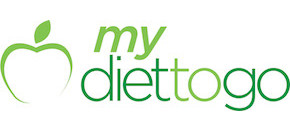Why Meal Delivery Services May Actually Have a Smaller Carbon Footprint Than Groceries
Mar 2, 2020
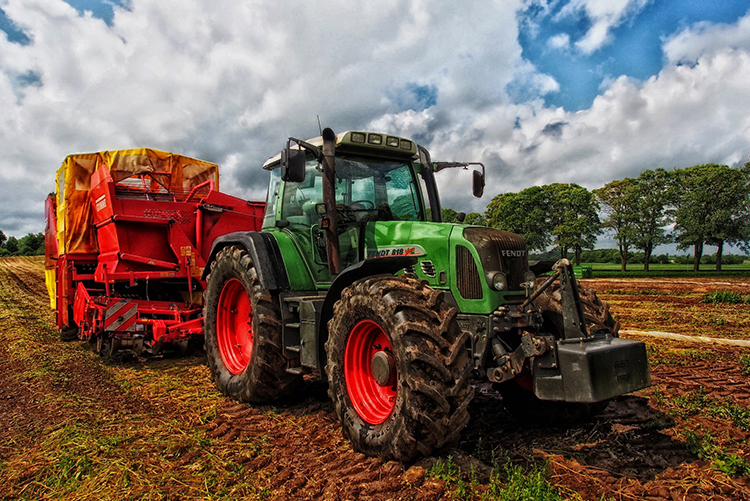
The environmentally-conscious consumer who receives their first Diet-to-Go meal delivery may immediately think to themselves, “Whoa! All this packaging can’t possibly be good for the environment!”
Here’s the thing — research shows it’s actually better than purchasing food from the grocery store.
A recent study published in the scientific journal Resources, Conservation and Recycling found that meal kits have:
A lower average greenhouse gas emissions than grocery store meals
Lower food waste than grocery store meals
Lower last-mile transportation emissions than grocery store meals
In general, food production’s immense carbon footprint accounts for 19% to 29% of annual greenhouse gas emissions, according to a United Nations report. While the packaging plays a role, much of the waste comes during production and consumption. Food waste’s carbon footprint is so large, in fact, it’s behind only the U.S. and China as the largest emitter of greenhouse gases.
For their study, researchers from the University of Michigan ordered meal kits from a national service and bought the same ingredients from the local grocery store. They then prepared the same meals, meticulously measuring the waste from both.
Let’s break down what they found.
Food used
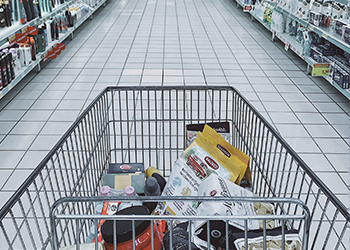
For the delivered meals, all the food provided was cooked and consumed. For the food and ingredients purchased from the grocery store, it was estimated that much of it would go to waste. That’s because grocery store food often comes in larger packs and quantities, leaving behind leftovers.
Waste
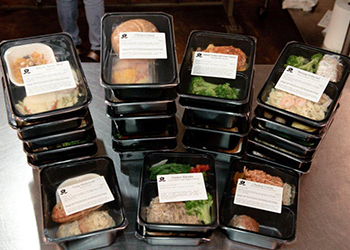
The delivered meals had more packaging waste, but less food waste.
Emissions
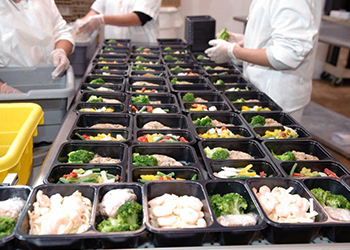
The delivered meals had less greenhouse gas emissions than the grocery store meals because the stores generally purchase more food than they can sell.
Pollution from transportation
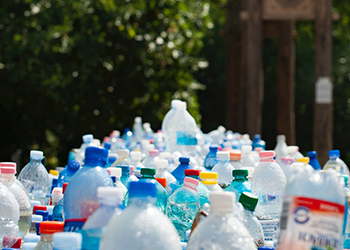
Because delivered meals are brought to consumers along the same routes as other shipments and packages, they only accounted for 4% emissions, compared to 11% emissions for grocery store meals.
Here’s the even better news: When it comes to the packaging, Diet-to-Go works hard to ensure meals create as low a carbon footprint as possible.
The cardboard boxes and meal trays are 100% recyclable and can easily be left for curbside pickup. The gel packs can be reused or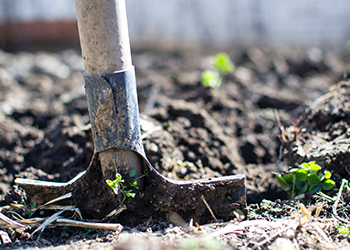 drained so the plastic can be recycled. Even the insulation and bubble wrap can be recycled at a location in your area.
drained so the plastic can be recycled. Even the insulation and bubble wrap can be recycled at a location in your area.
www.diettogo.com/recycle
> More information on Diet-to-Go recycling options can be found here.
Do you have a unique way you recycle Diet-to-Go packaging? Share in the comments below!
------------------------------------------------------------------------------------Author: Caitlin H
Diet-to-Go Community Manager
Caitlin is the Diet-to-Go community manager and an avid runner. She is passionate about engaging with others online and maintaining a healthy, active lifestyle. She believes moderation is key, and people will have the most weight loss success if they engage in common-sense healthy eating and fitness.
